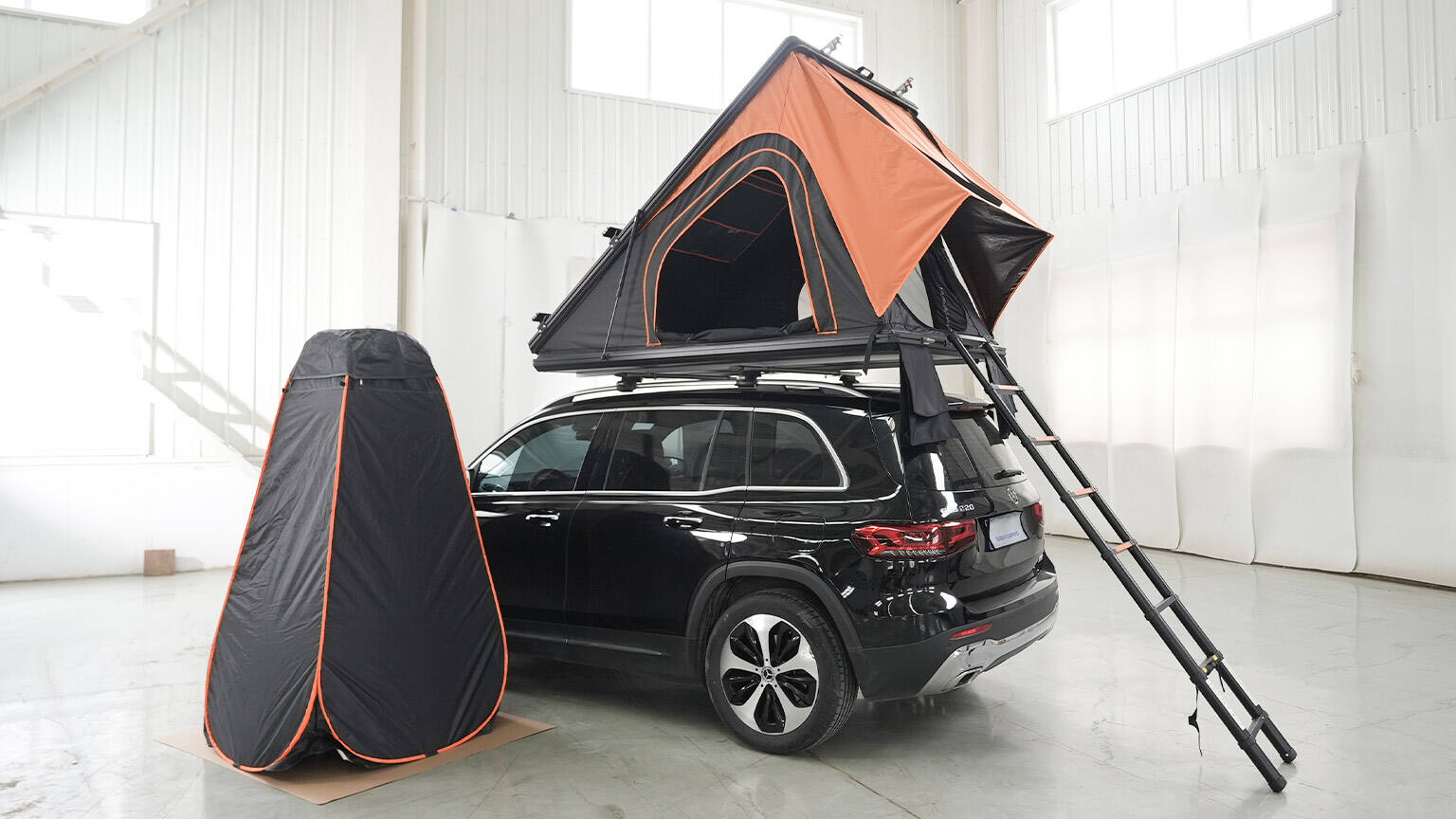For lovers of the outdoors, setting up a roof tent is often filled with joy. The purpose of this guide is to assist the novices with in-depth instructions on how to set up a roof tent to ensure convenience and safety during camping. Whether it be a weekend or weeklong adventure, the setup process has to be perfected so that you can bask in the beauty of nature.
What are Roof Tents
Roof tents are widely loved by campers and those who love adventure. For starters, roof tents are lifted off the ground thus providing a comfortable lodging and unique camping experience. Roof tents are built from strong materials which can withstand extreme weather conditions thus making it highly reliable for camping lovers. Before starting the setup process, it's necessary to recognize the components of the roof tent such as tent body, rainfly, poles, and mounting hardware.
Preparing for Setup
Make sure you check your roof tent's instruction manual prior to starting the setup. The tools required such as a ladder, mallet, and wrench should be readily available. To provide maximum safety for yourself while you sleep, set your tent up in an area known to be clear of hazards like floods and falling trees. Also, examine the weather report for your location.
Step-by-Step Setup Guide
- Position the Vehicle: Choose a parking space that is free of slopes. After parking, ensure the roof rack is securely attached and can withstand the weight of the tent, as well as those intending to use it.
- Unfold the Tent: Carefully read the instructions step by step from the manual provided. Usually, there will be a series of straps to unfold before unsnapping roof tents.
- Extend the Tent: This is the most simplistic step and involves adjusting the tent rods into proper positions. Fulfilling this step ensures the entire structure holds together without collapsing.
- Attach the Rainfly: Consider attaching this component if you live in an area prone to rainfall without safeguarding during outdoor activities. Storms can be unpredictable and providing coverage can be essential.
- Secure the Tent: Attach the tent to the ground with stakes, if needed. This is needed the most when expecting windy periods.
Tips for a Successful Setup
- Practice Before You Go: Check the setup process at your home so that you can practice before heading out. This ensures you check if all the parts are present and makes the process smoother when you are actually in the field.
- Check the Weight Limit: You are to monitor the working weight limit of your roof tent and ensure you do not go beyond. This is important for maintaining safety and stability.
- Consider Accessories: Accessories like tent footprints designed for added safety can go a long way in comfort and protection which every camper desires.
Conclusion and Industry Trends
There has been growing interest around roof tents in recent years as more and more campers seem to be looking for multifunctional and easy to use camping gear. Roof tent manufacturers are constantly changing their designs with each technological advance, making the tents less heavy, more durable, and easier to set up. Furthermore, the use of eco-friendly materials is bound to define the new standards in roof tent production due to emerging green consumers. Beginners will appreciate the wonders of the great outdoors safely and comfortably, by learning how to set up a roof tent properly.


